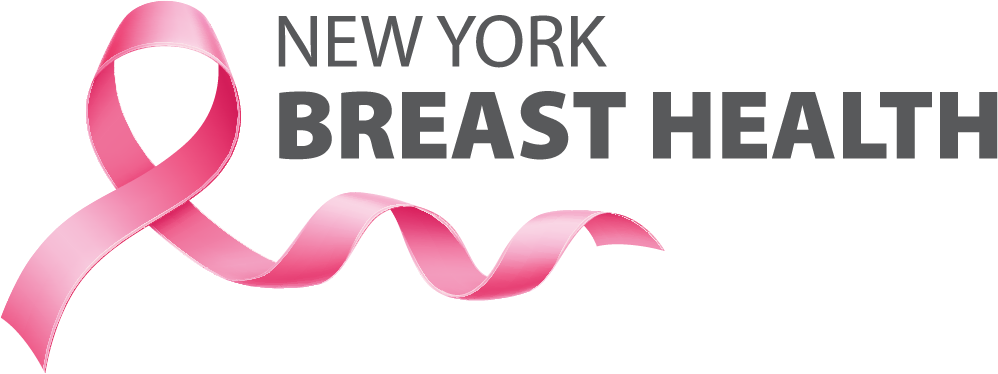The Importance of Further Breast Cancer Screenings for Women
Breast Cancer Awareness Month helps women prioritize their annual mammograms for early breast cancer detection. The American College of Radiology recommends that women at average risk start scheduling yearly mammograms at age 40. Additionally, women at greater risk should be aware that further screening beyond mammography may be needed, and should begin screening between 25 and 30 depending on their individual risk.
It is important for those with certain risk factors including genetic predispositions, strong family history, dense breasts, and prior chest radiation exposure to inquire about obtaining additional breast screening.
“Women should empower themselves to be in control of their own health care, and know what questions to ask their physicians” said Dr. Corinne Tobin, Chief of Breast Imaging at New York Breast Health. She continued, “They should, with their physicians, go through their medical profiles and see if they are a candidate for supplemental breast cancer screening.” These supplemental breast screening modalities include breast MRI and breast ultrasound.
The two types of risk assessment tools most often used to determine if a woman is a candidate for supplemental breast imaging are the Gail Model and the Tyrer Cuzick Model. These tools ask women crucial questions including family history, reproductive history, breast biopsy history, etc., with the Tyrer Cuzick Model additionally asking for history of genetic mutations and second degree relatives who have breast cancer. While these assessment tools are available online, it is recommended that patients complete these with their provider who is most familiar with their health history.
“These tests would typically be done with a patient’s doctor,” said Dr. Yelda Nouri, medical oncologist and hematologist at New York Cancer & Blood Specialists (NYCBS). She continued, “It’s important for these doctors to know that these tools are available which can help bring awareness to the patients.” Currently, the only general recommended guidelines for women are to do a breast self-exam and an annual digital mammography beginning at age 40.
Dr. Nouri notes a few different specific risk factors to be mindful of which may indicate the need for screening for a woman before age 40: Those who have a lifetime risk of 20% or greater due to family history, genetic predisposition including BRCA 1 and BRCA 2 genes or PAL B2, patients with a known diagnosis of Atypical lobular hyperplasia (ALH), prior radiation therapy, and a five-year risk of invasive breast cancer based on the Gail Model.
To make an appointment at NYCBS, please call 1-833-CANCER-9.

